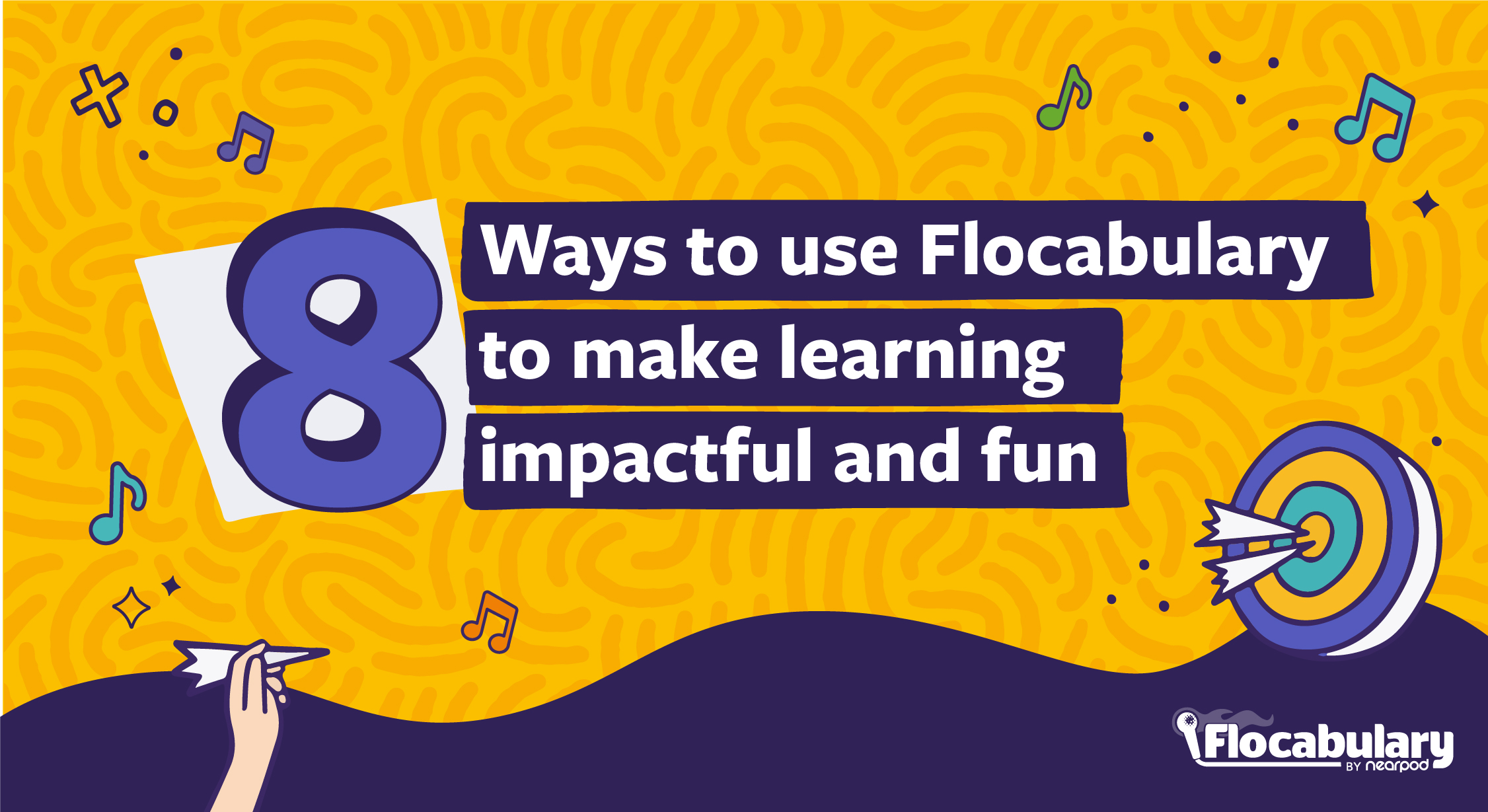
How to make learning fun and impactful with Flocabulary
How can I make learning fun for students?
In order to make learning fun in a meaningful way, engagement must exist first. In order to have a lasting impact, it is absolutely necessary to focus on relationships and provide opportunities to engage in exciting, culturally responsive learning activities. Forming intentional relationships also helps to create a positive classroom culture. The relationships that exist within our classroom and the support that my scholars provide to one another create a safety net in which my students feel more comfortable taking risks and participating in highly interactive lessons.
The power of Flocabulary
When using Flocabulary, my scholars have no shame singing aloud, dancing in front of their peers, sharing what they’re thinking, or creating raps with their classmates. I am a firm believer that children are most successful when they have smiles on their faces and are given the opportunity to have a voice.
A part of encouraging children to love learning is to ensure that school truly is an exciting place to be. Therefore, I do all that I can to make our classroom a place where students want to be rather than have to be. If you were to walk into our classroom, it is likely you will walk into a wild room transformation designed to increase engagement and give students one more reason to be excited to come to school. During these transformations, I choose a theme that mirrors student interests and create engaging lesson plans and fun activities that match this theme.
Flocabulary makes learning memorable and keeps students interested in their educational experiences. By integrating music and rhythm while teaching effective vocabulary, learning new words and concepts becomes an exciting journey filled with creativity and discovery. The rigor of the activities on Flocabulary allows me to teach the content and standards required in a nontraditional way that motivates students to work to the best of their ability. Oftentimes during these transformations, students work collaboratively on complex tasks that are frequently above grade level. If we aren’t excited to be here, why should our students be?
Here’s an example of the engaging videos you can find on Flocabulary!
New to Flocabulary? Sign up for an account to access the resources mentioned in this article.
8 Ways teachers can make learning fun and impactful
1. Build a strong classroom community with social and emotional learning videos
Use social and emotional learning (SEL) video lessons at the beginning of the school year to teach your scholars interpersonal skills that are essential to building a strong classroom community. I’ve used the Building Empathy lesson at the beginning of the year to support building a strong classroom community from day one. I also use the Growth Mindset, Active Listening, Bullying, and Goal Setting video lessons during the first week of this school year. These are all topics that are incredibly important to cover during the first weeks of school as students enhance the classroom community and develop ownership of their learning.
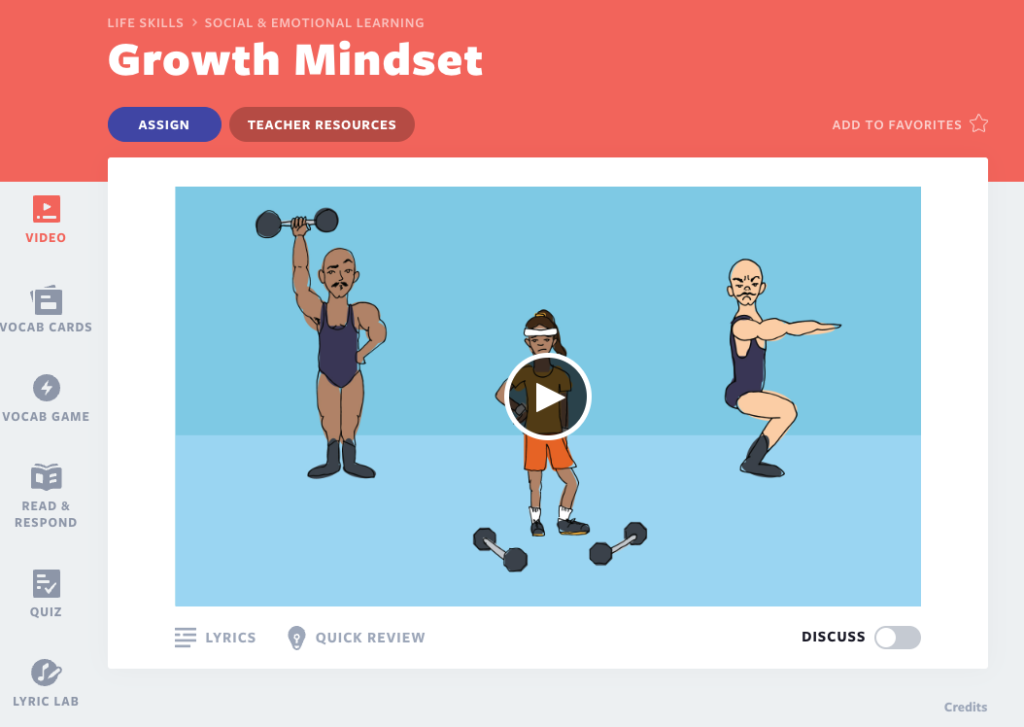
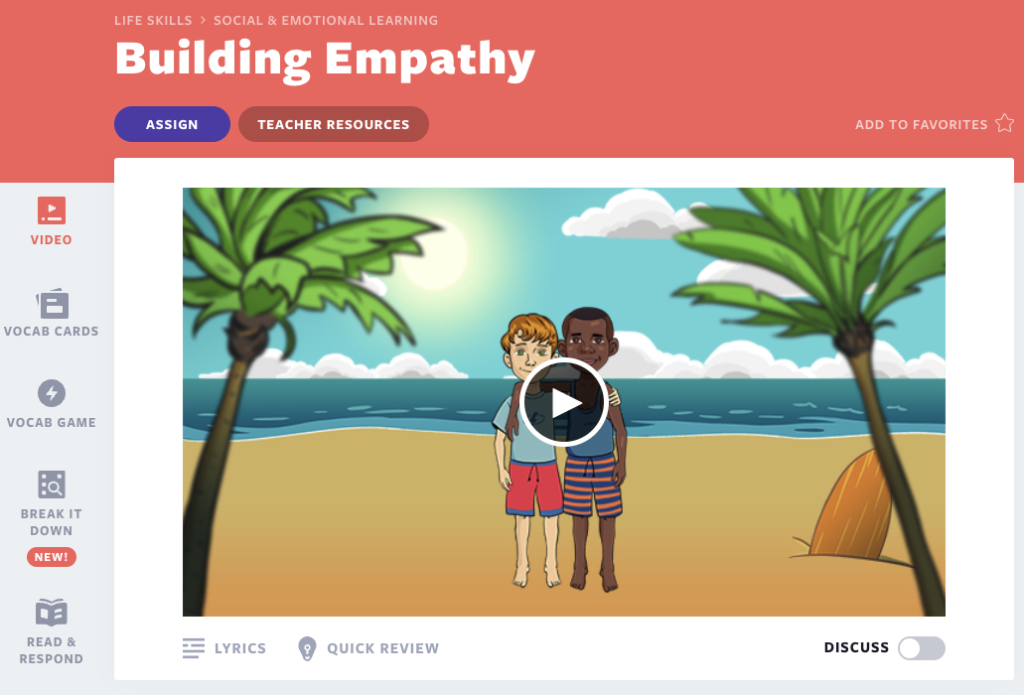
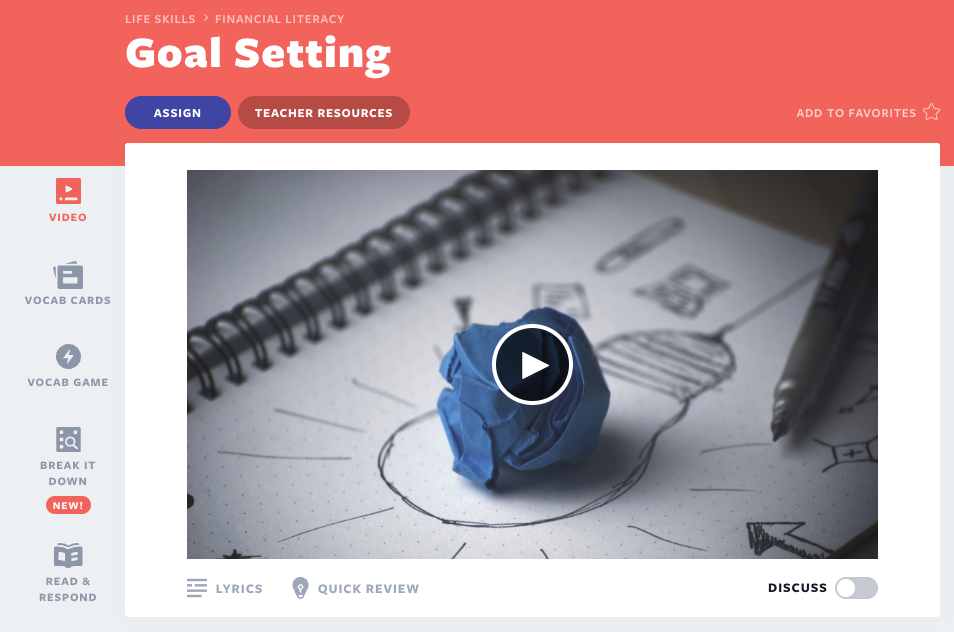
2. Use the Week in Rap for current events and debates
Current events play a crucial role in the classroom as they provide students with real-world context and foster a deeper understanding of the world around them. By engaging with current events, students can develop critical thinking skills, enhance their global awareness, and become active participants in shaping their communities and society at large.
Use the Week in Rap for current events and debates Current events play a crucial role in the classroom as they provide students with real life context and foster a deeper understanding of the world around them. By engaging with current events, students can develop problem solving skills, enhance their global awareness, and become active participants in shaping their communities and society at large.
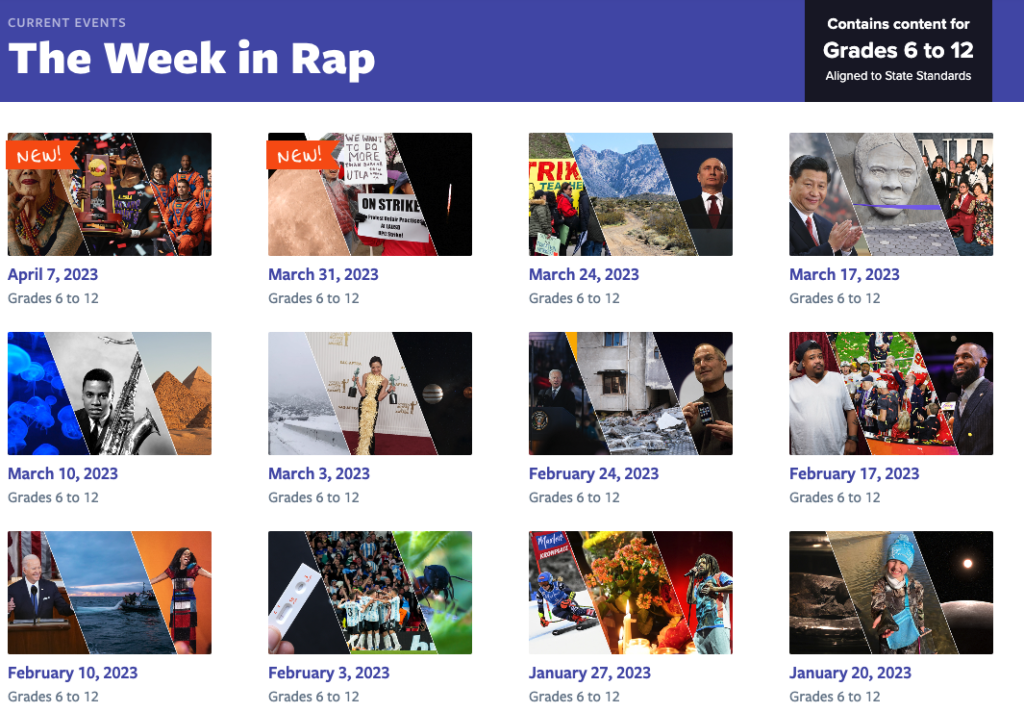
3. Introduce science concepts with rap-infused videos
Find a Flocabulary video to introduce your topic for fun ways to learn vocabulary. Once your students have a better understanding of content-specific vocabulary activities, bring out the hands-on materials, and let the magic happen!
4. Use lyrics as call-backs
Need new callbacks to get the attention of your scholars to make learning fun and engaging? Why not use a few lines from a Flocabulary video lesson? The songs are so catchy; students are guaranteed to remember the lyrics.
Here are some examples:
You say: “A Summary…”
They respond: “Is a short explanation. With just the important information, when you summarize, make it simple. Cut out the details and keep what’s essential!”
You say: “It takes force…”
They respond: “To make an object move. It won’t move without force, it’s true. A push or pull will move it around, but FRICTION will slow it down!”
5. Use relevant and engaging video lessons to teach about historical figures
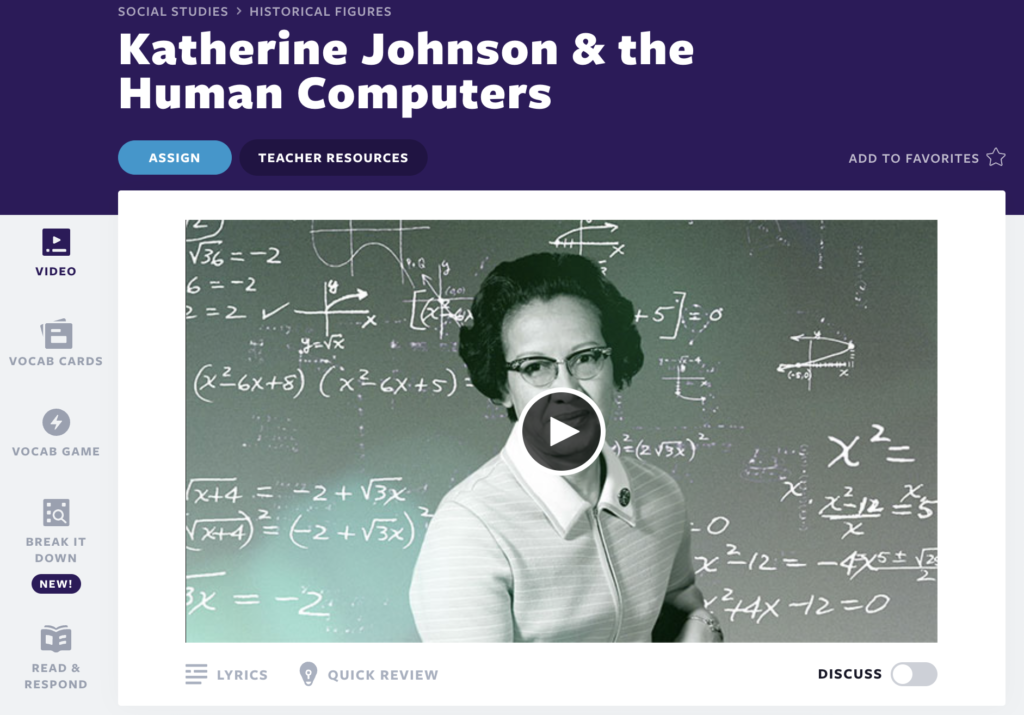
Flocabulary’s standards-aligned, engaging, and rigorous lesson videos challenge students to be critical and creative and build high-order thinking. During a space transformation, my students engaged in nonfiction articles pulled from Newsela on Katherine Johnson. These articles were integrated into tasks throughout the week, while Flocabulary’s Katherine Johnson & the Human Computers lesson video was the focal point. All lessons include accompanying activities such as a vocabulary game and Lyric Lab.
We discussed many reasons why Johnson and her peers were not given the credit they deserved for a long period of time and how these injustices have remained commonplace throughout much of history. I used the Read and Respond activity as task cards for small groups. Students were able to use close reading skills and strategies to better comprehend the text and gain a better overall understanding of the lyrics. At the end of the week, we had a movie night and watched Hidden Figures. As soon as the movie ended, the kids burst into applause and just had to sing the song together one last time before heading home for the night!
When teaching Indiana history, we cover The Underground Railroad and the purpose that it served during that time period. The Harriet Tubman Flocabulary lesson and activities lend themselves well to this topic, and the video itself does an incredible job of providing images that help students more easily identify the free states, slave states, and the Underground Railroad routes.
6. Use Lyric Lab to write a rap with your class
With Lyric Lab, students can write their own raps using a vocabulary word bank, rhyme word generator, and beats. It’s the perfect tool if you’re looking for fun learning activities. You can even have students record a music video to make learning fun! Flocabulary offers different beats; I suggest modeling an example with the “Love You” beat for warm-up because it has a slower pace and then using “Ice Cream Taster” for fluent readers.
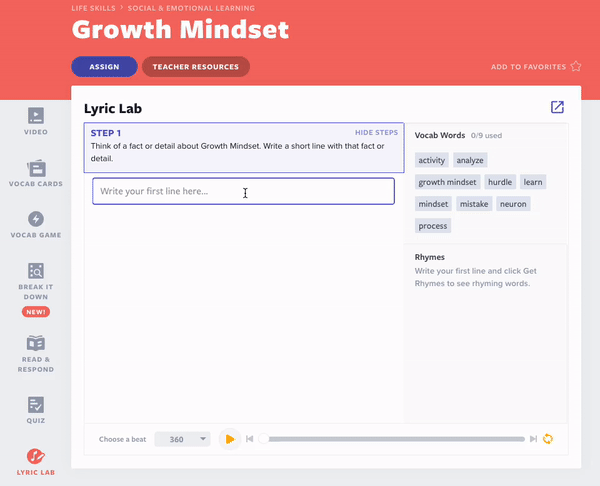
7. Increase engagement during your writing block
Let’s be honest…grammar isn’t always the most exciting thing to teach or to learn. If you’re wondering how to make learning enjoyable, Flocabulary is the key! There are loads of videos with outstanding accompanying resources that make those boring lessons far more engaging for your scholars while also helping them to truly retain the skills being taught. When planning a unit, we often look at the skills that need to be taught and then determine which Flocabulary videos will enhance our lessons.
8. Review essential ELA topics
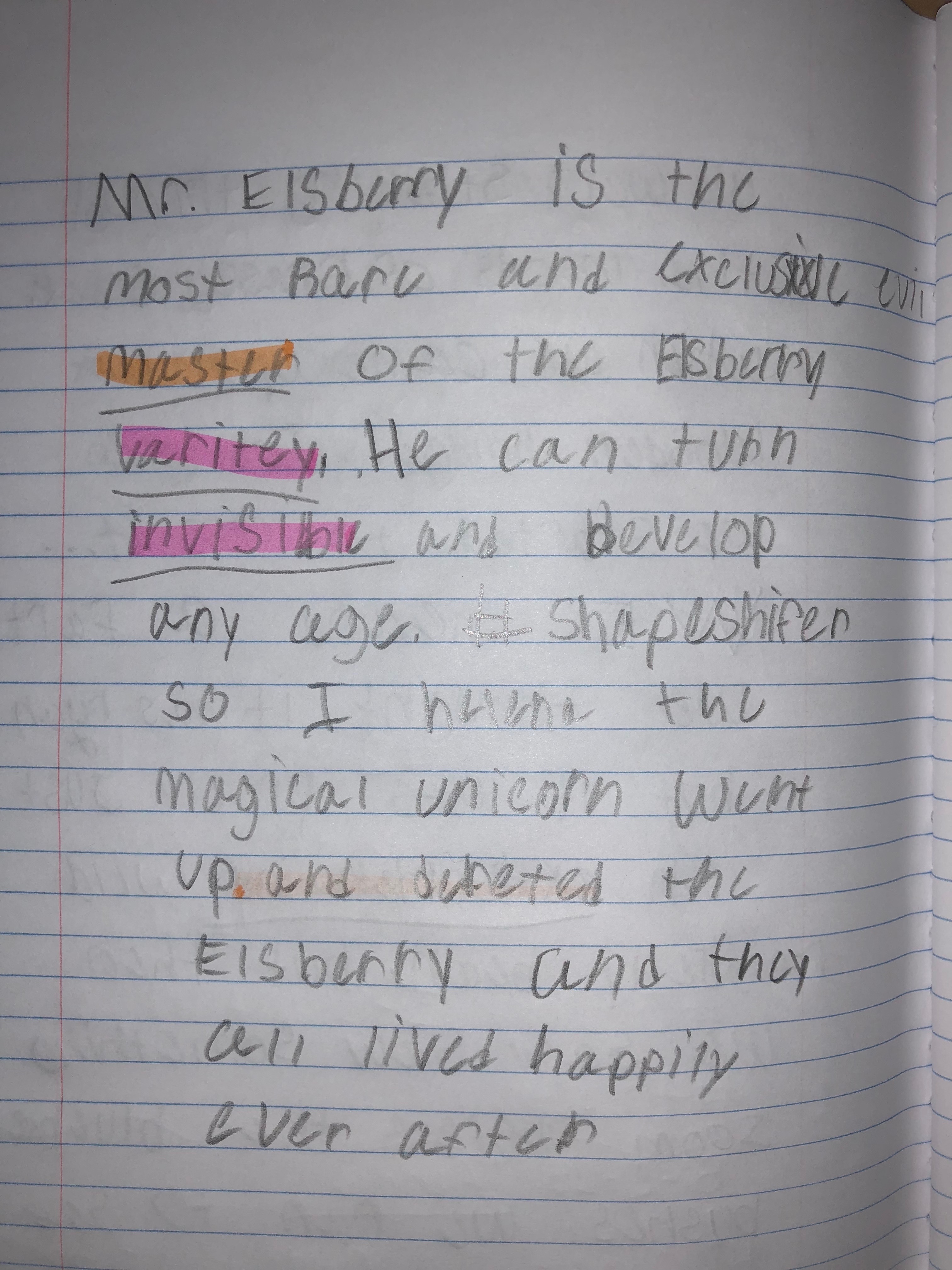
Do you have a favorite book to read as a class? Review English Language Arts (ELA) concepts by incorporating these lessons and learning activities for kids. For example, for the books “Wonder” and “Maniac Magee,” I used the videos, vocabulary, and lessons for:
- Characters
- Five Elements of a Story
- Point of View
- Setting
- Theme in Literature
- Summarizing
- Making Inferences
Use Flocabulary to make learning fun
When understanding how to make learning fun for kids, it’s essential to consider student engagement and academic growth. By focusing on building strong relationships, creating exciting and culturally responsive learning activities, and utilizing tools like Flocabulary, teachers can transform their learning environments into vibrant spaces where students feel motivated, confident, and eager to learn.
New to Flocabulary? Sign up for an account to access the resources mentioned in this article.
